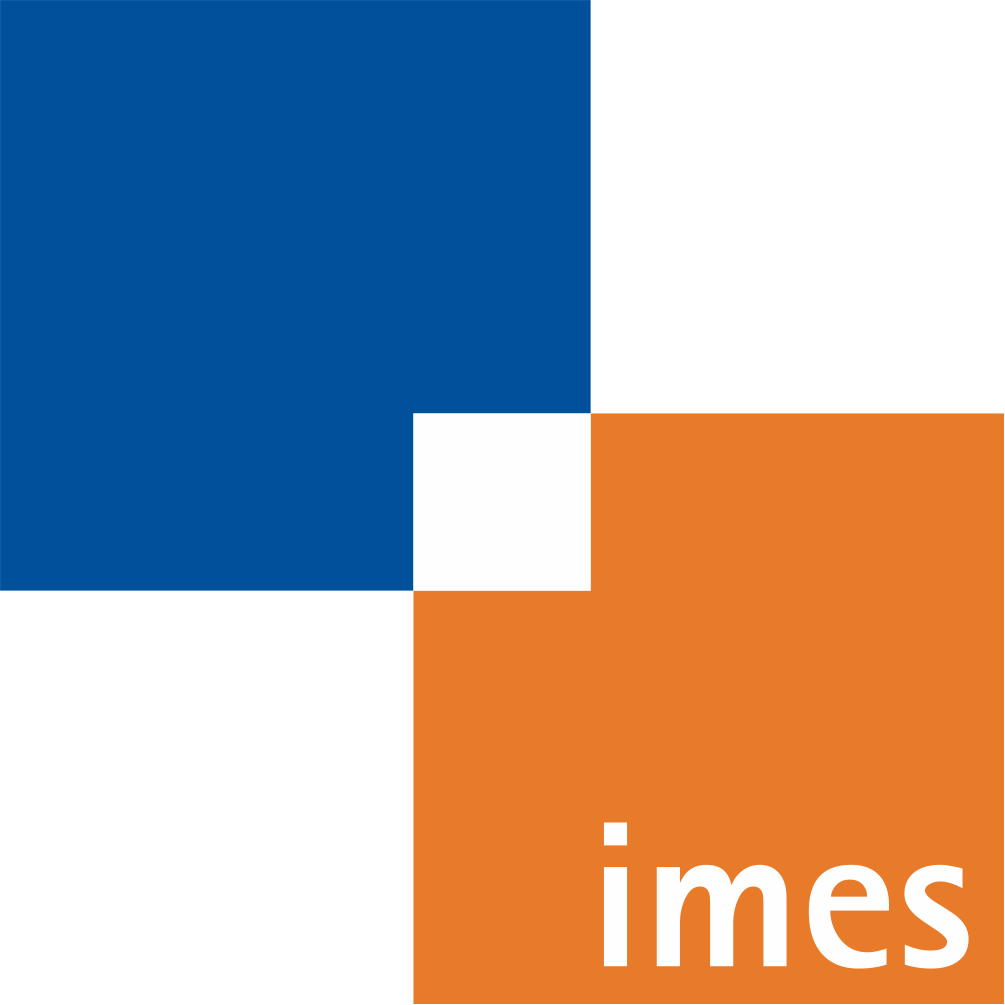Workflow and simulation of image-to-physical registration of holes inside spongy bone
- verfasst von
- Jan Bergmeier, J. Michael Fitzpatrick, Dorothea Daentzer, Omid Majdani, Tobias Ortmaier, Lüder A. Kahrs
- Abstract
Purpose: Mastoid cells as well as trabecula provide unique bone structures, which can serve as natural landmarks for registration. Preoperative imaging enables sufficient acquisition of these structures, but registration requires an intraoperative counterpart. Since versatile surgical interventions involve drilling into mastoid cells and trabecula, we propose a registration method based on endoscopy inside of these drill holes. Methods: Recording of the surface of the inner drill hole yields bone-air patterns that provide intraoperative registration features. In this contribution, we discuss an approach that unrolls the drill hole surface into a two-dimensional image. Intraoperative endoscopic recordings are compared to simulated endoscopic views, which originate from preoperative data like computed tomography. Each simulated view corresponds to a different drill pose. The whole registration procedure and workflow is demonstrated, using high-resolution image data to simulate both preoperative and endoscopic image data. Results: As the driving application is minimally invasive cochlear implantation, in which targets are close to the axis of the drill hole, Target Registration Error (TRE) was measured at points near the axis. TRE at increasing depths along the drill trajectory reveals increasing registration accuracy as more bone-air patterns become available as landmarks with the highest accuracy obtained at the center point. At the facial recess and the cochlea, TREs are (0.363 ± 0.169) mm and (0.553 ± 0.262) mm, respectively. Conclusion: This contribution demonstrates a new method for registration via endoscopic acquisition of small features like trabecula or mastoid cells for image-guided procedures. It has the potential to revolutionize bone registration because it requires only a preoperative dataset and intraoperative endoscopic exploration. Endoscopic recordings of at least 20 mm length and isotropic voxel sizes of 0.2 mm or smaller of the preoperative image data are recommended.
- Organisationseinheit(en)
-
Institut für Mechatronische Systeme
- Externe Organisation(en)
-
Vanderbilt University
DIAKOVERE Annastift Hannover
Medizinische Hochschule Hannover (MHH)
Exzellenzcluster Hearing4all
Friedrich-Alexander-Universität Erlangen-Nürnberg (FAU Erlangen-Nürnberg)
- Typ
- Artikel
- Journal
- International journal of computer assisted radiology and surgery
- Band
- 12
- Seiten
- 1425-1437
- Anzahl der Seiten
- 13
- ISSN
- 1861-6410
- Publikationsdatum
- 01.08.2017
- Publikationsstatus
- Veröffentlicht
- ASJC Scopus Sachgebiete
- Chirurgie, Biomedizintechnik, Radiologie, Nuklearmedizin und Bildgebung, Maschinelles Sehen und Mustererkennung, Gesundheitsinformatik, Angewandte Informatik, Computergrafik und computergestütztes Design
- Elektronische Version(en)
-
https://doi.org/10.1007/s11548-017-1594-5 (Zugang:
Geschlossen)
